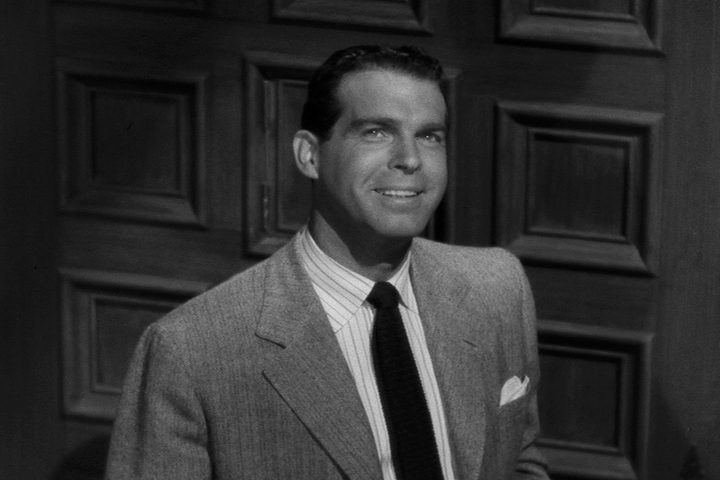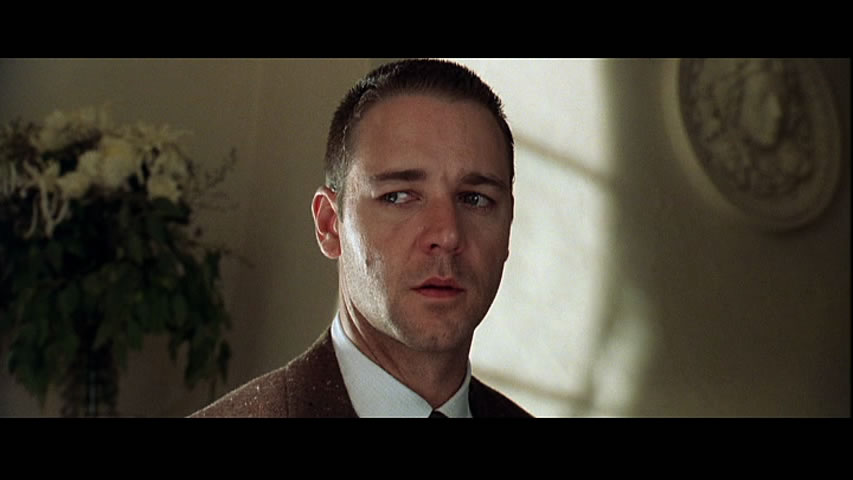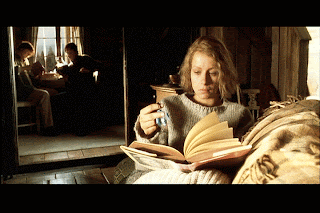It's a bird...
part II
Written parallel:
"Jason Dobson was a star." (page 15)
"Jason Dobson was Superman." (page 15)
- For many people name superman means someone "super", someone who never does bad thing, someone who is perfect! The same thing is for the word "star".
Visual contrast:
These pictures shows the chnge in Jason Dobsons' life. First he was just a "shadow" in comunity. No one liked him, he didn't have friends. No one knew who he is. But all of it changed at Halloween when he dressed as a superman. People started to like him!
2. Images:
- foregrounding and backgrounding-
1. What seems to be privileged in the image? I think it's usually the person who is speaking or makes some significant move.
2. What dras your eyes the most? Expressions on peoples' faces. THat's the first thing I notice when I look at the picture.
3. What's emphasized in the foreground? In most cases it's the person who is speaking or person who writer speaks about.
4. In the background? Almost in every picture it's people who don't speak. But sometimes, when there are no other people on the picture, there are just a simple things like door or window in the background.
5.Why? Well, I think it's just something that gives the picture complete look, if there was nothing but the person speaking it would be very uninteresting.
-
shadowing/lighting-
1. How do light and dark images function within the frame? For me it looks like all the dark framed pictures are in present and all light framed are just memories.
2. What's shaded? Why? Ithink shaded parts of picture are usually unimportant things or just a backgrounds.
3. What's lightened? Why? Most lightened parts are faces of people speaking. So I think it's the part of picture writer wants readerto look at with most focus.
-
"shots"-
1. Where do you see close-ups or distance shots? To me it looks like most close-ups are in the pictures with dialogues, not all of them but most of them. And distance shots are in "memory" pictures and pictures when we are just getting into dialogue- not the middle or end of dialogue.
2. What effect do these choices have on the image? It tells reader what dialogues are more significant are which ones are not so important.
3. Are there any angles used in interesting ways? I would say there are just some high or low angle shots. And if there are, they represent who is the "stronger" one in conversation.











